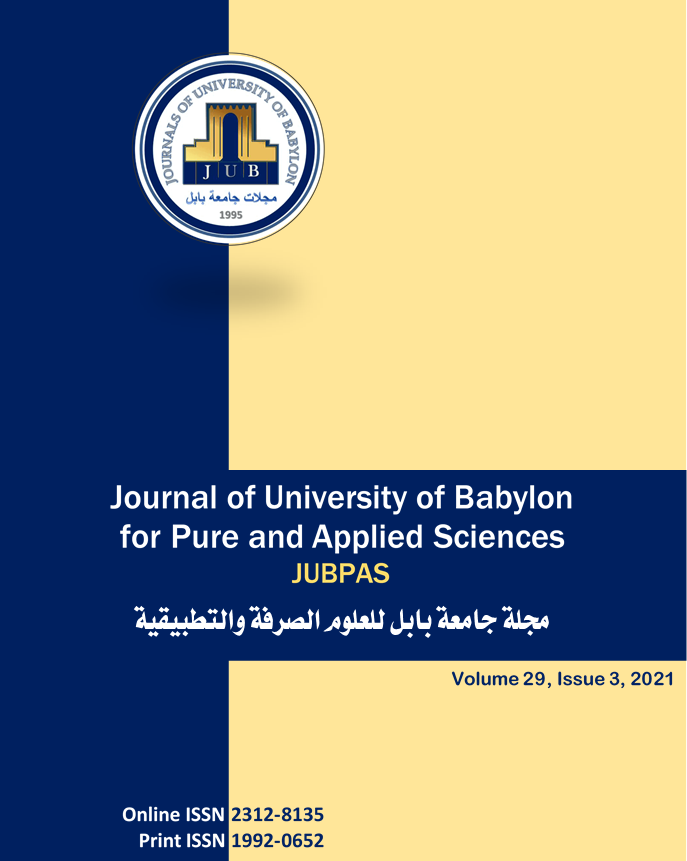Convolutional Neural Network in Classifying Three Stages of Age-Related Macula Degeneration
Main Article Content
Abstract
Age-related macular degeneration (AMD) is an eye disorder that may blur the clear, central vision you use for things like reading and driving. It is one of several disorders that influence the retina. The word "age-related" applies to the reality that it is more prevalent among older persons. The term "macular" refers to a region of your eye named the macula. The term "degeneration" refers to the kind of eye injury that occurs. A disease that affects older people is age-related macular degeneration (AMD). In AMD, the macula produces a gradual accumulation of yellow deposits named drusen. Diagnosis with fluorescein angiography allows identifying and locating abnormal vascular processes. Most ophthalmologists now use consistent optical tomography to diagnose and evaluate follow-up in response to treatment with Avastin or Lucentis, which are injected into the eye's vitreous at different intervals. Early detection and care, as in other eye disorders, were found to reduce the risk of blindness and vision loss. Automated retinal examination devices save patients, time, resources, and vision as opposed to manual diagnosis procedures. The purpose of this study is to suggest an automated method using the Machine Learning (CNN) method to identify patients with macular degeneration AMD using images of the ODIR dataset. A convolutional neural network (CNN) was applied to extract the deep features from the fundus images present in the data set for the classification of the images to AMD different stages (Early, Intermediate, and Late), beside the Normal status of the eye. Specificity, Sensitivity, Accuracy, F-score, and Precision metrics were used to estimate classification efficiency the highest accuracy we will get is accuracy: 97%, sensitivity: 98.52%, specificity: 89.29%, area under the curve: 93.9%.
Conclusion:
CNN provided this study for AMD Diagnostics and Normal On images in the ODIR dataset
- CNN Network was trained on this image set to minimize the overfitting.
- The highest accuracy we will get is accuracy: 97%, sensitivity: 98.52%, specificity: 89.29%, area under the curve: 93.9% was obtained for the group of ODIR images on which the network was trained. Learning curves for accuracy training and test when the method was implemented on ODIR images.
